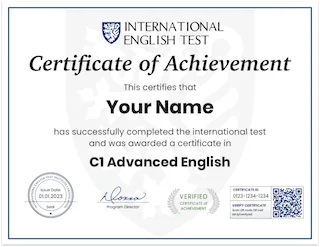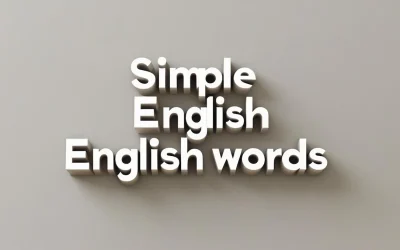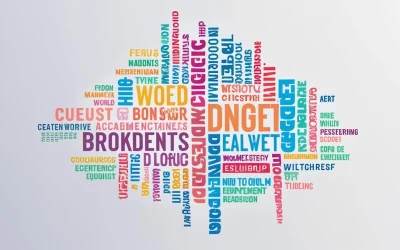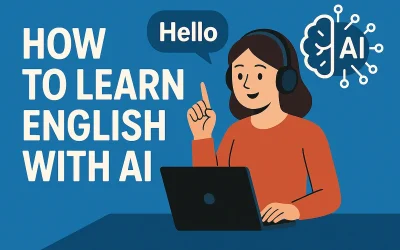Explore common internet abbreviations and learn how to use them effectively in online conversations with this texting abbreviation guide.
In the realm of messengers and chat rooms, employing Internet abbreviations is as commonplace as encountering someone taking a selfie on the street. These concise and catchy shorthand expressions have evolved into a distinct language embraced by millennials and Generation Z.
Referred to by some as Internet slang, these abbreviations are predominantly utilized in casual conversations within specific social media groups. Unlike the localized nature of traditional slang in British English, American English, Australian English, and others, Internet abbreviations are universal and can be adopted by anyone who grasps the essence of a chat.
What is your English level?
Find out your A1 A2 B1 B2 C1 C2 level of English with our online test and receive your English certificate.
What leads individuals to use abbreviations?
Constraints play a role in the adoption of abbreviations. The practice of shortening words has emerged due to the character limits imposed on messages and tweets. Initially restricted to 140 characters per tweet, with an additional 20 characters for a username until 2017, the limit has since doubled to 280 characters. Despite this increase, the habit of abbreviating persists as individuals seek to conserve effort and time, particularly when composing messages on the move.
Furthermore, the fast-paced nature of contemporary life contributes to the use of shorthand in texting. The need to convey more information in less space and time aligns with the accelerated pace of our daily activities.

100+ of the most popular internet abbreviations
Primarily, millennials were the pioneers who introduced and popularized the use of internet chat abbreviations. Condensed forms of common words, phrases, and even complete sentences have become integral to tweeting and instant messaging. Have you ever wondered about the meaning of “NTH” in text messaging and why people don’t simply say “Nice to have!”?
Certainly, one can enter a chat and use the complete expressions like “Talk to you later” or “Oh my God” instead of the abbreviated forms “TTYL” or “OMG.” Twitter won’t crash, and fellow chat participants won’t respond negatively. However, over time, you may find yourself using the abbreviated versions to keep pace with others.
Are you C1 Advanced English?
Get your C1 Advanced English certificate now!
✓ Add your certificate to your resume
⭐ ⭐ ⭐ ⭐ ⭐
Expressing emotions and feelings
ADIH – Another day in hell
IDC – I don’t care
ZZZ – Sleeping, bored, tired
WYWH – Wish you were here
TFW – That feeling when. TFW internet slang often goes in a caption to an image.
MFW – My face when
MRW – My reaction when
IFYP – I feel your pain
LOL – Laughing out loud
JK – Just kidding
IDC – I don’t care
ILY – I love you
TIME – Tears in my eyes
BAE – Before anyone else
You can use it referring to a person who you care for the most. E.g. Me and my BAE have just watched another episode of Game of Thrones!
SSDD – Same stuff, different day
QQ – Crying
I find the inception of the QQ abbreviation quite astonishing. Initially, as per the Urban Dictionary, QQ was coined to signify quitting the Warcraft II game using the hotkey Alt+QQ. Consequently, when a player began complaining, fellow gamers would suggest they “QQ.” This association soon extended to depicting crying eyes and became a commonly used expression in text messages and tweets.
BWL – Bursting with laughter
LMAO – Laughing my a** off
BFF: Best friends forever
BSAAW – Big smile and a wink
CSL – Can’t stop laughing
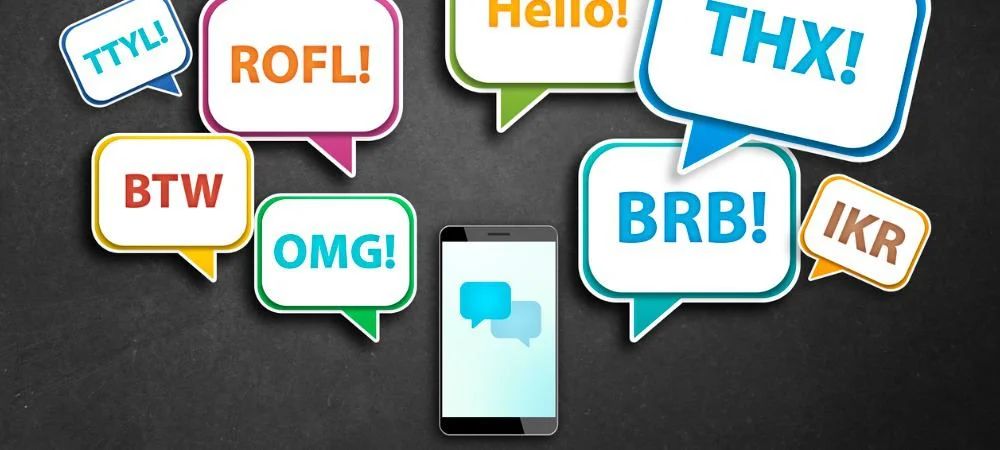
Expressing Opinion and Reaction
NTH – Nice to have. what does nth mean in texting messaging
POV – Point of View
TBH – To be honest
IMOIMHO – In my opinionIn my humble opinion
OMDB – Over my dead body
NTH – Nice to have. what does nth mean in texting messaging
POV – Point of View
TBH – To be honest
FTW – For the win
WTF – What the f***

Describing the reaction to something stupid, aggressive, hostile, unfair, etc.
SRSLY – Seriously
YGTR – You got that right
GMTA – Great minds think alike
AYMM – Are you my mother?
CWOT – Complete waste of time
Disclaimers
AFAIK – As far as I know
AFAIR – As far as I remember
AFAIC – As far as I’m concerned
ASL – Age, sex, location
AAMOF – As a matter of fact
FWIW – For what it’s worth
YMMV – Your mileage may vary
IIRC – If I remember correctly
DM – Direct message
AFAICT – As far as I can tell
TL;DR – Too long; didn’t read

Attracting attention
EMBM – Early morning business meeting
J4F – Just for fun
JSYK – Just so you know
FAWC – For anyone who cares
IRL – In real life
TIL – Today I learned
RLRT – Real life retweet
OH – Overheard
WUZUP – What’s up?
CS – Career suicide
DWH – During work hours
Notifications, wishes, greetings, closings
B@U – Back at you
BBBG – Bye bye be good
BBIAS – Be back in a sec
RUOK – Are you OK?
CYT – See you tomorrow
DBMIB – Don’t bother me I’m busy
OMW – On my way
GRATZ – Congratulations
GL – Good luck
NFS – Not for sale
B4N – Bye for now
DM – Direct message
GFN – Gone for now
AFK – Away from keyboard
IDK – I don’t know
TTYL – Talk to you later
BRB – Be right back
W8 – Wait
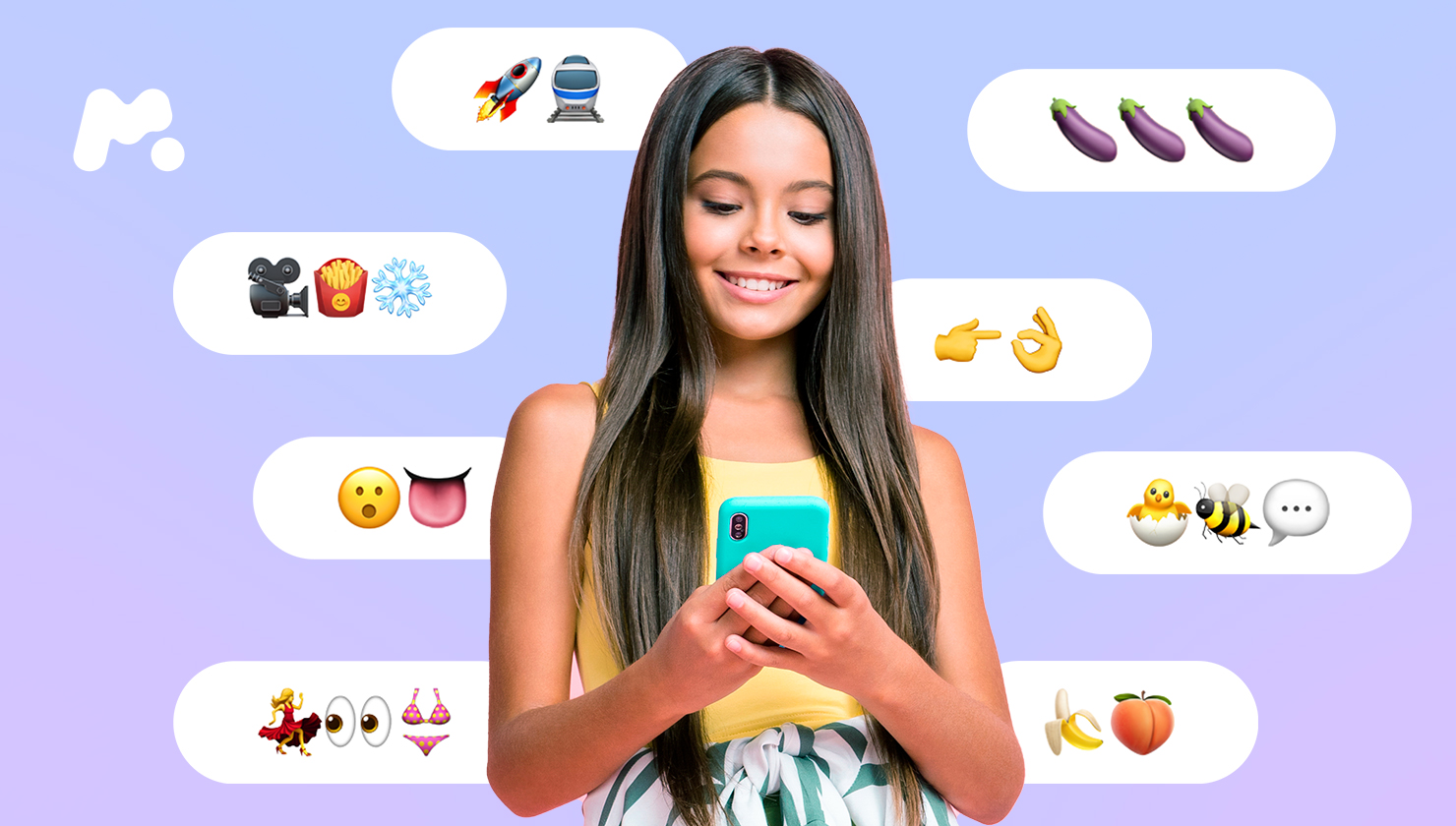
Warning and recommendation
ICYMI – In case you missed it
JIC – Just in case
NAGI – Not a good idea
GOI – Get over it
RBTL – Read between the lines
AYOR – At your own risk
NSFW – Not safe for work
NSFL – Not safe for life
SFW – Safe for work
GRAS – Generally recognised as safe
NBD – Not big deal
OC – Original content
4AO – For adults only
OP – Original poster
PPL – People
DIY – Do it yourself
E123 – Easy as one, two, three
GAHOY – Get a hold of yourself
Asking for a favor or advice
PRT – Please retweet
PTB – Please text back
TIA – Thanks in advance
TMB – Tweet me back
WTPA – Where the party at?
DAE – Does anyone else?
BUMP – Bring up my post
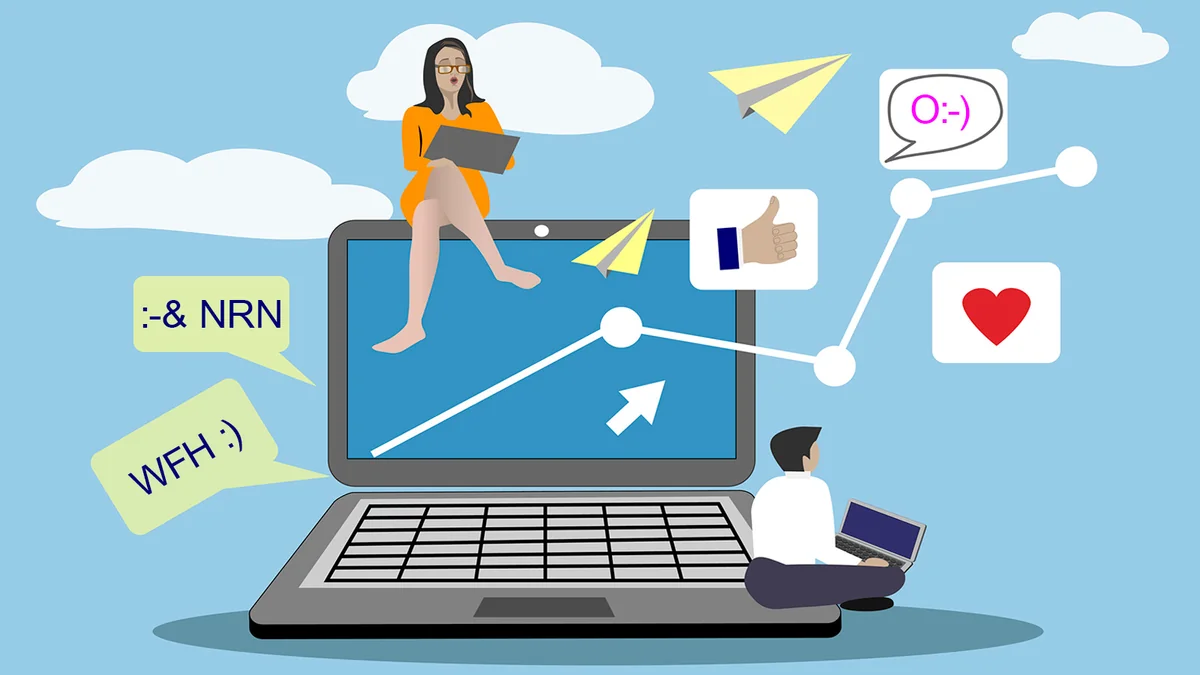
You can easily locate an extensive compilation of internet abbreviations and truncated words online. Nevertheless, armed with these illustrations, you’ll have sufficient preparation to engage in a conversation in a public chat. Prior to incorporating any text abbreviations from our list, take a moment to review the chat history. If you observe that only response acronyms like “lol” or “omg,” or graphical symbols such as 🙂 and 🙁 dominate the conversation, it’s advisable to avoid excessive use of unfamiliar abbreviations.
What is your English level?
Find out your A1 A2 B1 B2 C1 C2 level of English with our online test and receive your English certificate.
I am Nilay, an experienced English Language Assessment Director at the International English Test, where I have been working full-time since February 2020. I specialize in helping people worldwide validate their English proficiency through comprehensive assessments and certifications.
Before joining the International English Test, I worked as a self-employed English Language Assessment Consultant from January 2015 to December 2019. During this time, I assisted companies and individuals in improving their language skills, helping them achieve their academic and professional goals.
I hold a degree in Engineering and have also studied at Shafston International College in Australia. My educational background has equipped me with the tools to make a meaningful impact in the field of English language learning. Additionally, I enjoy sharing my expertise through articles that explore effective teaching methods and language assessment strategies, contributing to the International English Test and the broader assessment community.


